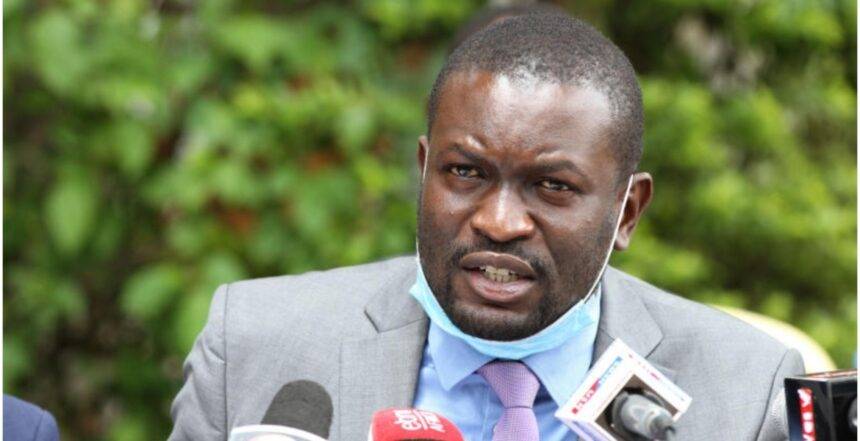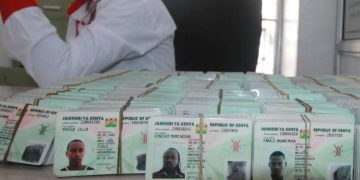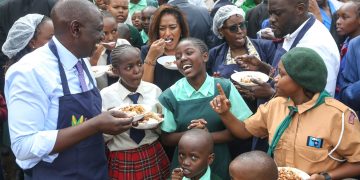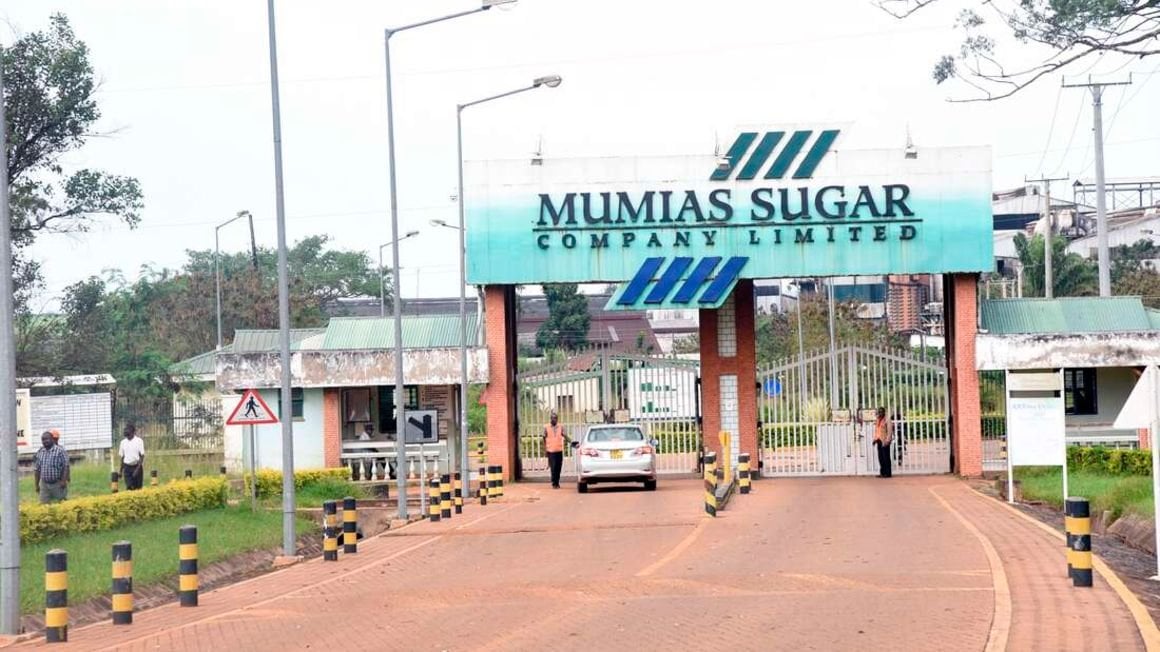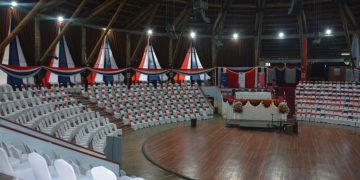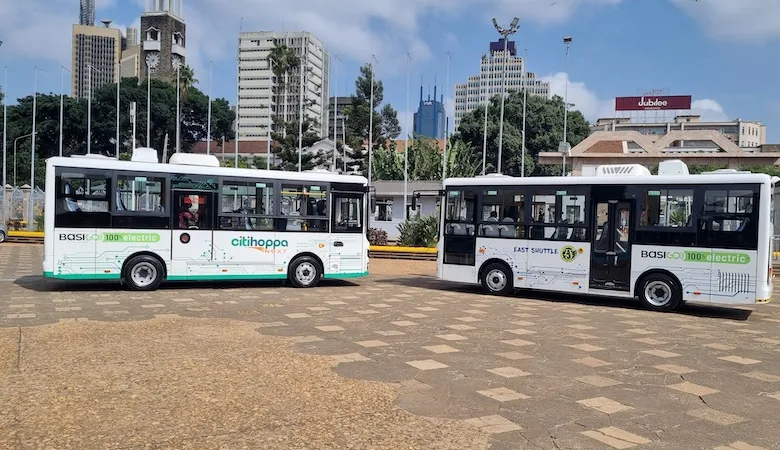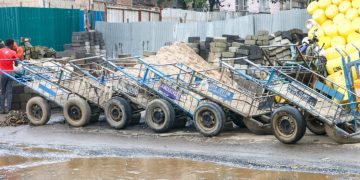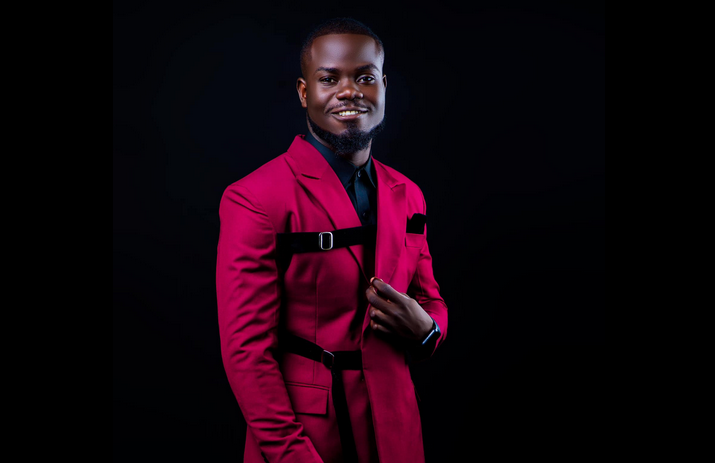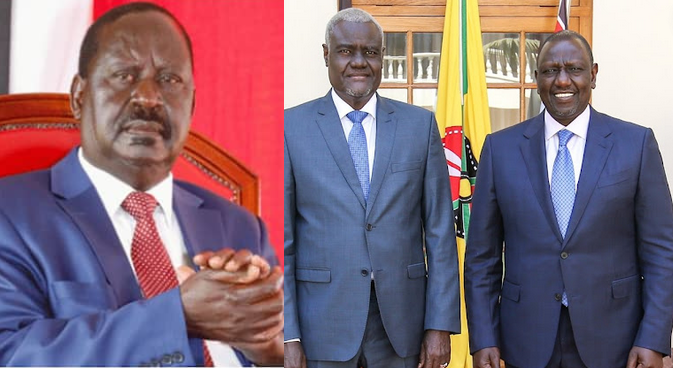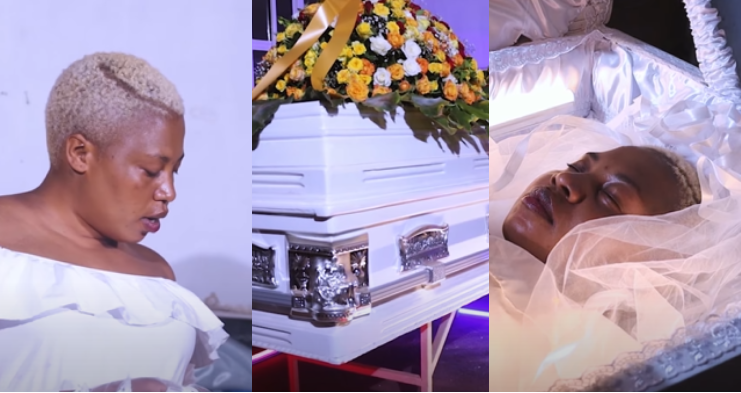The assassination of former Nyandarua North Member of Parliament Josiah Mwangi (JM) Kariuki in 1975 is still a mystery to many Kenyans, as those who were present to witness his greatness as a champion for the underprivileged and a fierce opponent of the government are still imprinted in their memories.
Despite the fact that it has been 47 years since the horrible murder of the late legislator on March 2, 1975, his final 48 hours have been pieced together, showing the emotional and physical suffering he went through before his passing.
JM kept his confidants who worked for the Kenyatta administration close in the years before his death because he knew he was living on borrowed time and wanted to be informed of any impending risk.
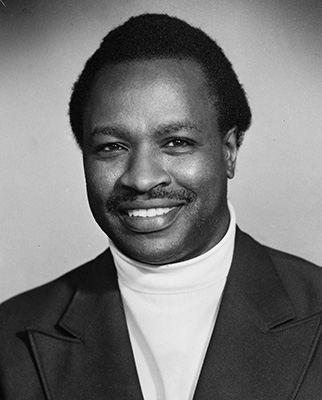
One of them was Mark Mwithaga, the former Nakuru Town MP, who once went out with JM for drinks at a bar in Nakuru. However, before long, Nakuru Mayor Mburu Gichua burst into the establishment and threatened to “kill” JM.
As a result of that comment, he became more concerned and made the decision to return to Nairobi, where former minister GG Kariuki verified his worries by informing him that there had in fact been a meeting of the government at Nakuru.
The operatives obtained snippets of his lectures that showed his criticism of the government, he continued to tell JM, and it was decided that he had to die.
Now fearful of what lay ahead, JM contacted Njenga Karume in an effort to arrange a meeting with President Jomo Kenyatta in order to save himself from his imminent demise.
However, before the meeting could be scheduled, JM’s doctor advised him to travel to a warmer area, such as the Coast, in order to ease the pain in his leg he had experienced from beatings while a Maumau detainee.
He postponed his trip after receiving information that he was probably being followed. On that evening of March 1, 1975, a bomb detonated on the Mombasa-bound bus he was about to board, killing 27 people.
Ben Gethi, his friend and the leader of the General Service Unit, was one of the Special branch officers who had called him to appear for an emergency questioning the following day.
He had requested Gethi for a gun in case he needed it because his own handgun had been taken earlier in the day.
Then, as they entered the meeting, Gethi handed him a service revolver. There, he was greeted by the scathing looks of his interrogators, including police commissioner Patrick Shaw, Wanyoike Thungu, and Ignatius Iriga Nderi.
According to former Special branch spy James Khwatenge, JM got into a furious dispute with Thungu, who smacked him across the face, causing his teeth to come out, and in revenge, he reached into his pocket for the gun. At the time, JM was unaware of the betrayal that was about to strike him.
JM was immediately shot twice by Gethi; the first shot knocked him out and the second shot hit him in the chest and killed him.
Gethi is thought to have killed JM in order to silence him because, had he lived, he might have revealed the GSU commander’s decision to give him a gun from the service, which might have put him at odds with President Kenyatta, especially if it were revealed that the government was involved in the plot.
When it became clear that disposing of his body was the best course of action, the government had just mandated that all vehicles transporting fresh meat be rebranded with a maroon stripe across the body of the vehicle. Then Thungu and his colleagues planned how they would obtain one vehicle and place JM’s bleeding body inside.
When it became clear that disposing of his body was the best course of action, the government had just mandated that all vehicles transporting fresh meat be rebranded with a maroon stripe across the body of the vehicle.
Then Thungu and his colleagues decided to use just one vehicle, which at first glance appeared to be a standard butchery-bound car, and placed JM’s bleeding body at the back. The plan was to have wild creatures eat his body, so it was carried to the Ngong forest and discarded there.
JM’s family got worried when he didn’t get home that evening and reported him missing. When a herdsman said he had found the body of a well-dressed man in the woodland thickets, rumors spread that it might be JM.
It was found and transferred to the Nairobi City Mortuary, where the late journalist Victor Riitho claimed he had to pretend to be a family of someone killed in the bombing in order to enter the mortuary and look for JM’s body—to no avail.
He was informed that the body of the person who had been transported from Ngong’ had been kept in the back, which he assumed was done to speed up the process of decomposition.
MPs arrived at the mortuary one by one to demand to see JM’s body, but the government had already sent in Special Branch agents to prevent them from entering.
When they did, they discovered that JM’s body had been marked as an unclaimed gangster’s body that was to be given to a grieving family outside the mortuary. But it was clear that the government’s attempt to hide its tracks had failed.
On March 12, 1975, Nairobi University students protested in the city’s streets after hearing the news of Kariuki’s passing.
The government was compelled to convene a Parliamentary Select Committee led by Elijah Wasike Mwangale to begin an immediate investigation into the circumstances surrounding Kariuki’s murder since it had not anticipated this kind of response from Kenya.
The assailants were soon named in the report but not brought to justice, causing Kenyans to grieve the wonderful leader that JM was while also growing increasingly frightened of what the government was capable of.

